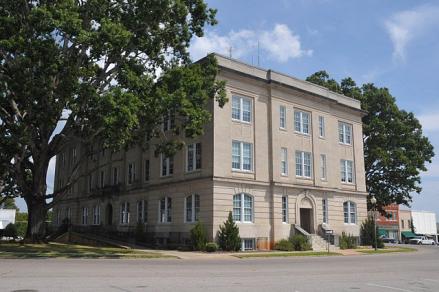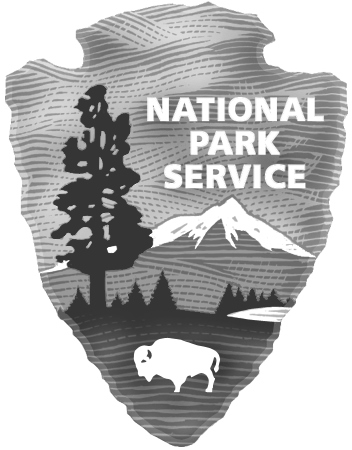This lesson teaches the 1st Amendment (specifically speech and assembly) by looking at demonstrations (national and local), narrowing in on a local landmark (Moore County Court House in Carthage, NC). The Moore County Courthouse has one prominent Confederate marker – making it a divisive issue in today’s political climate. The primary source used connects positive associations with Confederate sympathizers from the past and today. The teacher should help students understand how these symbols have different meanings for different groups.
Landmarks, Symbols, and the First Amendment
Landmarks, Symbols, and the First Amendment

Location
Type of Landmark
Topics
Learning Objectives
- Students will be able to determine why/how the 1st Amendment protects unpopular speech and assembly by analyzing primary sources related to free speech and public rallies.
Materials
- Google Slides Presentation prepared by author
- Why Pennsylvania Should Become one of the Confederate States of America
- A Map of the Confederate States of America to illustrate the geographical importance of Pennsylvania
- U.S. Supreme Court Decision of Brandenberg v. Ohio
- U.S. Supreme Court Decision of Snyder v. Phelps (Note – open link at the bottom to access the entirety of Chief Justice John Roberts’s opinion)
Suggested Instructional Procedures
Use the Google slides presentation throughout lesson.
- Identify court house and its significance (location/purpose).
- Contrast to old courthouse – why there was a need for change?
- Identify which protections from Bill of Rights are embodied.
- Show image with Confederate marker – students discuss importance of this marker and the controversy.
- Show historic documents related to unpopular speech (Brandenburg v. Ohio, Westboro Baptist Church, KKK rally in Carthage)
- Why did Confederate markers and flags pop up as a matter of public speech?
- Who commissioned the marker?
- What story does it tell?
- What stories does it not tell?
- Show flag from the Google slideshow related to 1876 – flag flown to commemorate George Washington – clear connection to the British – the symbols governments use tell a story.
- Brainstorm on the positive messages of Confederate flags/markers (connect to history, advocating states’ rights, etc
- Connect to primary source (Why Pennsylvania should join the Confederate States of America). Have students find connections between PA and Southern states as it relates to states’ rights, economic freedom/prosperity; students analyze proposed map of Confederacy.
Vocabulary
First Amendment: The first amendment of the United States Constitution forms the basis of many civil rights and liberties, including, freedom of speech, freedom of religion, and the right to etition, and to peaceably assemble.
Freedom of speech: The right to communicate one's opinions and ideas without fear of government repression or censorship.
Freedom of assembly: The ability of groups to stage a protest to bring attention to their issue/greivance without fear of government repression or censorship.
Public space: A place that is within the public sphere of society, such as a town square or a busy street.
Public speech: Speech made within the public space.
Private speech: Speech made within one's home or within private property with the permission of the property owner.
End of Lesson Assessment
- Homework/Wrap-up: Students interview family member/older friend of family on one of the following issues:
- Civil Rights movement (what they remember nationally and locally)
- KKK rally in Carthage in 1997
- Confederate symbols debate
- Student reflection – wWat other markers/stories should be included on the Court House grounds?
Rubric: Teachers can allocate point values at their discretion based upon what best suits their classrooms
- Interview:
- Student interview includes at minimum 10 questions
- Student transcribes the interview by providing a written account or recorded audio
- Reflection:
- Student is able to include a new perspective on one of these three events from interview
- Student is able to identify at least one additional marker/symbol of a story that should be told based upon the interview with family member
- Student addresses why protecting speech of an unpopular view is important.
Subject
Grade Level
Duration of Lesson
Standards/Eligible Content
Common Core Standards
Author
Robert Hobgood, High School Teacher, North Carolina.
Funders/Sponsors
Cultures of Independence has been made possible in part by a major grant from the National Endowment for the Humanities: Celebrating 50 Years of Excellence
Any views, findings, conclusions, or recommendations expressed in this website or during the institutes, do not necessarily represent those of the National Endowment for the Humanities.
Additional funding is being provided by Wells Fargo through HEAD for the Future, its partnership with HSP, and by Independence National Historical Park.


Attention Teachers!
Let us know how you used this plan and be featured on our site! Submit your story here.
